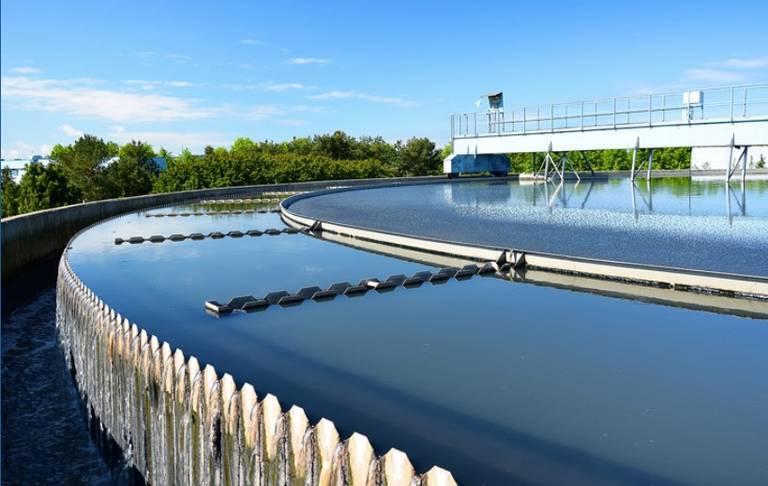
By Luka Erceg
The infrastructure gap is real, and it’s looming. The McKinsey Global Institute estimates that the world will need to spend $7.5 trillion on water infrastructure by 2030 to meet current needs. A booming population and declining resources are intensifying these needs, but not every problem calls for a costly solution. Natural infrastructure is a practice — and not necessarily a physical structure — that is quietly gaining traction as a foundation for many of our infrastructure requirements. Natural, or ‘green,’ infrastructure relies on ecosystems to produce the services that we normally rely on built, or ‘grey,’ infrastructure to perform. Through vegetated ditches specially designed for absorption, bioswales can manage storm water overflows from pavement at a fraction of the cost of digging underground tunnels. Green roofs can stop runoff before it reaches the streets, with the added benefit of decreasing facility energy demands for cooling.
Reduced costs — for both capital expenditures and operational expenditures — are the biggest benefits of using natural infrastructure in place of grey infrastructure. For example, planting an oyster reef to clean contaminated waterways, such as with the Billion Oyster Project in New York City, requires a lot less capital and management than building and running a massive water treatment facility. Reducing the capex needed to perform storm water management and wastewater treatment is a huge boon for developing countries and cash-strapped governments. Natural systems, aside from requiring less capital, are also usually more regenerative and self-sustaining, decreasing maintenance costs in time and money. That said, large-scale installations like the Billion Oyster Project are not often replicable. We need to look at a new age of infrastructure management that reflects the sobering reality of our capital-constrained world but still allows us to meet our inevitably growing needs.
Small elements can have a big impact. While green infrastructure is typically used as a replacement for manmade grey infrastructure, components of natural systems can be incorporated into our built systems with minimal disruption to existing operations. Wastewater treatment plants, like other industrial sanitation systems, typically use chemical disinfectants, such as chlorine, as part of their treatment process. The chemicals can generate disinfection byproducts (DBPs) that are sometimes classified as endocrine disrupting chemicals, or even carcinogens. DBPs in wastewater treatment plant effluent can enter our potable water stream, creating health hazards for humans and other organisms. As a result, wastewater treatment plant managers are or should be seeking sustainable substitutes.
Nature is the original problem solver, and incorporating inspiration from nature into operations can help reduce the negative externalities from grey infrastructure construction and utilization like chemical contamination. Bioremediation applies that philosophy by using microorganisms to degrade targeted pollutants, including oil and other petroleum products, solvents and pesticides that might be found in soil or groundwater. Strategies can boost nature’s processing power by creating a more favorable environment that enhances the activity of microbes already living at the contaminated sites. Specialized microbes can even be added to devour the contaminants. In the context of wastewater treatment, sludge-eating microbes feed off the organic waste at the plant, converting biosolids into water and gas. Minimizing the volume of biosolids that need to be processed through bioremediation reduces strain on operations, providing a natural alternative to harsh chemicals or new infrastructure.
Along with many others, water and wastewater industries are recognizing that nature holds the most effective solutions to the host of problems we throw at it. Dow Chemical, one of the largest chemical manufacturers in the world, has put natural infrastructure at the heart of its sustainability goals and has used reconstructed wetlands for wastewater treatment at one of its Texas plants.
As industries become more aware of the potential for nature to solve the problems that humans create – with solutions that are cost effective and sustainable – we will start to see more corporations and governments prioritizing these natural solutions.
Luka Erceg is President and CEO of Houston-based Drylet, a wastewater remediation technology company. He is a 20-year veteran of the specialty chemicals, utility and energy technology industries.
Photo: Drylet
TriplePundit has published articles from over 1000 contributors. If you'd like to be a guest author, please get in touch!














